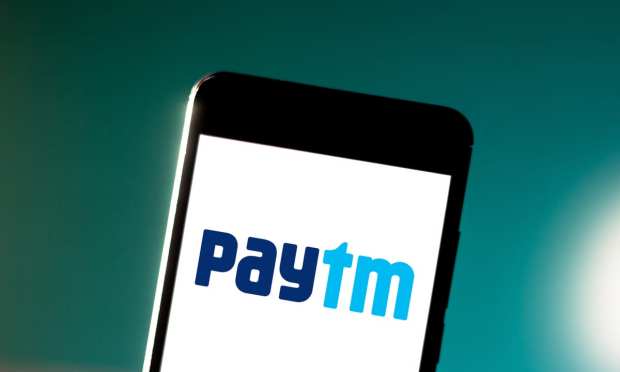India’s Paytm Eyes $3 Billion IPO At $25 Billion Valuation

Indian payments provider Paytm is eyeing a $3 billion (218 billion rupee) initial public offering (IPO) at a valuation of $25 billion to $30 billion that could be the biggest the country has ever seen, Bloomberg reported on Thursday (May 27), citing an unnamed source.
The payments startup could list in India to coincide with the Diwali festival season that starts Nov. 4, the source told Bloomberg. If everything unfolds the way Paytm plans, its initial share sale would blow past India’s largest IPO to date — Coal India Ltd. — which 11 years ago raised over 150 billion rupees.
Formally called One97 Communications, Paytm is backed by big investors that include Berkshire Hathaway, SoftBank Group and Ant Group. The One97 board is expected to hold talks Friday (May 28) and formally approve Paytm’s move to go public, the source told Bloomberg.
The offering could be handled by Morgan Stanley, Citigroup or JPMorgan Chase & Co. Morgan Stanley is the top contender, the source told Bloomberg.
The trading debut is expected to include new and existing shares, per India’s regulatory mandates. The mandates indicate that 10 percent of shares must be floated within two years and 25 percent within five years, according to the news outlet.
There is high demand for tech stocks in the country, Karan Sharma, co-head of the digital and technology investment banking practice at Mumbai-based Avendus Capital Pvt., told Bloomberg. Currently, there are few options for investors seeking to get a piece of India’s fast-growing digital economy.
Paytm recently launched a smart point-of-sale (POS) tool for Android devices. Smart POS enables android smartphones to accept contactless payments from credit and debit cards. The company also reported that its monthly transactions grew to 1.2 billion in February.
Before India’s demonetization in 2016, the country was largely cash-based. Paytm President Madhur Deora told Karen Webster in a September 2020 interview that the payments platform is roughly15 times bigger than it was four years ago.
